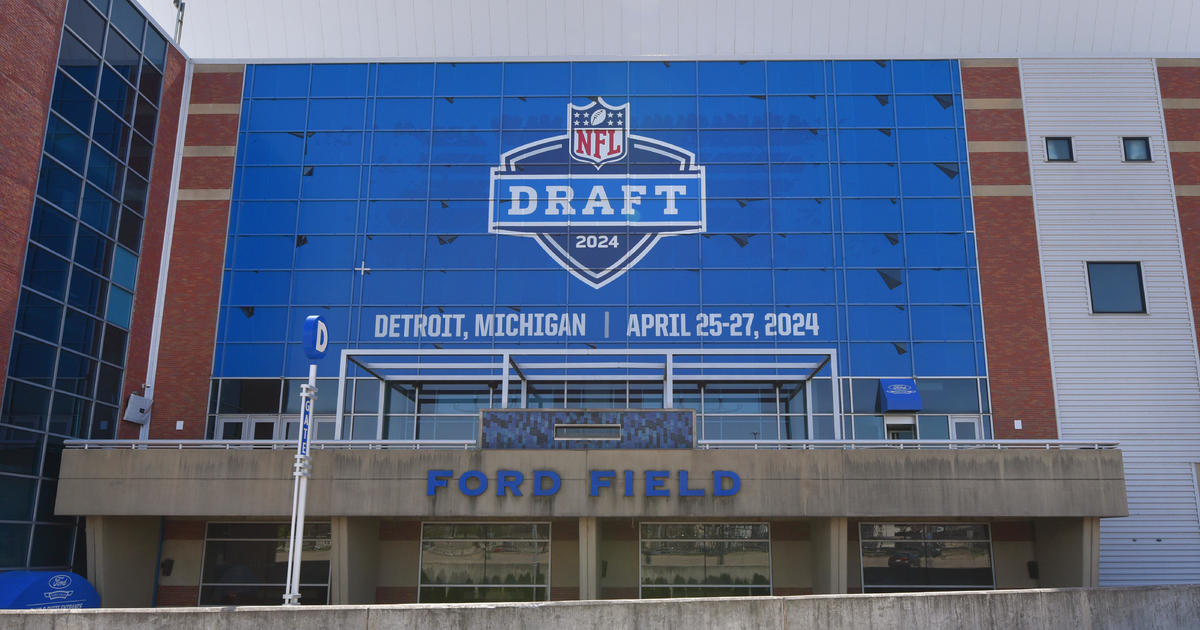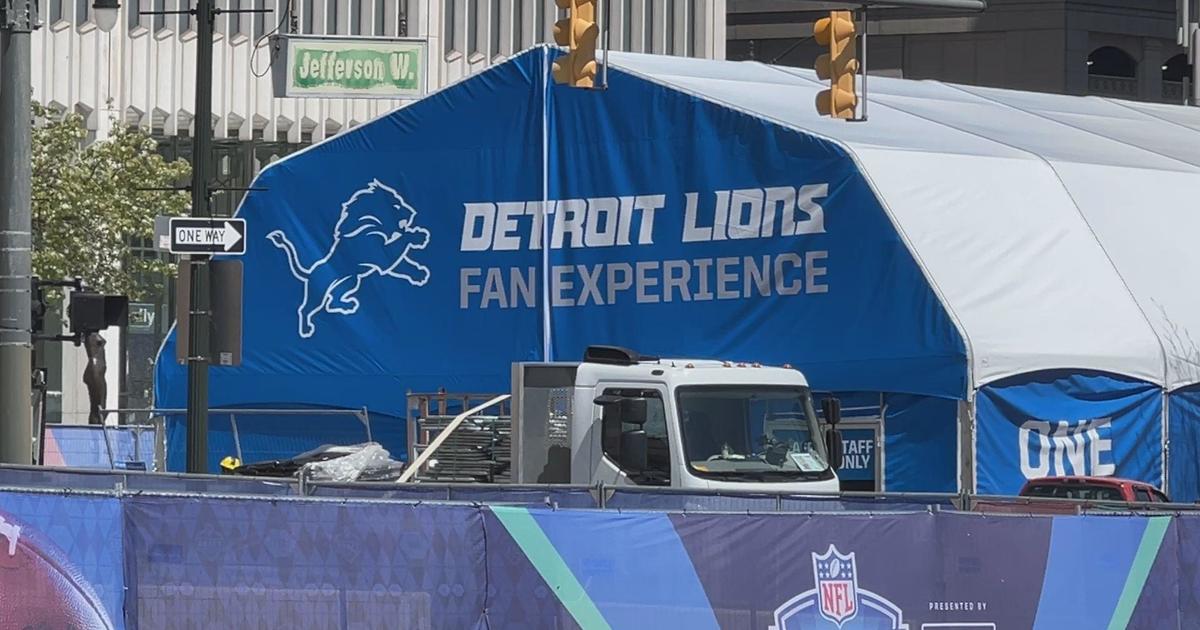Ausmus Reflects On His Own Draft, His First $1,000 Contract, And How Times Have Changed
By Will Burchfield
Twitter: Burchie_kid
With the 2016 MLB draft set to begin on Thursday, June 9, Brad Ausmus took time before the Tigers' Wednesday matinee to reflect on his draft-day experience, his path to the Major Leagues and how things have changed since his days as a prospect.
It was June 1987. An 18-year-old Brad Ausmus, preparing to attend Dartmouth College in the coming fall, wasn't overly concerned with being selected in the MLB draft. The young catcher didn't have heavy expectations and, hardly the fretful type, he wasn't sitting nervously by his phone waiting for a call.
"I didn't know anything about the process, and it wasn't like I had an agent or anything like that," Ausmus said.
Rather than surrounding himself with special advisors as interested in his money as his future, Ausmus was hanging out at his friend's house as the draft pressed on into the 48th round. When the New York Yankees called the Ausmus home to alert Brad of their intentions to select him with the 1152nd pick, it was his mom who answered.
"So my mom called my friend's house and told me on the phone, and that was it," Ausmus recalled. "I said, 'Oh, that's cool I guess.'"
A few days later, a scout from the Yankees came to Ausmus' house, offered him a contract and told him not to sign it.
By rule, you see, teams had within ten days of drafting a player to make an offer in order to retain their rights. So those free-spending Yankees presented Ausmus with a whopping $1,000 contract.
"I didn't sign it," Ausmus confirmed.
From the start, the selection had been designed as a "draft and follow." The scouts would watch Ausmus play during summer ball, and then offer him another contract before he went off to college. The second time around, Ausmus put pen to paper.
"The money went up," he explained.
On top of that, the Yankees allowed Ausmus to attend his freshman year at Dartmouth, working around his class schedule to shuttle him between minor league baseball and philosophy 101.
"I got a little lucky because Dartmouth's on a quarter schedule, which fits well with the minor league season and spring training. If I had been going to a regular semester school I would have been in trouble," Ausmus explained.
Ultimately, Ausmus reported for short-season the following June. His path to the Majors was an unusual one, but a glance at the back of his baseball card confirms it was the right one, too.
In recent years, young ballplayers have begun preparing themselves for the draft many years in advance. And although it's raised the level of available talent, Ausmus is wary of its effect on players' health.
"I think it goes both ways. You have kids who are much more talented, much more of a finished product, but I think you also see things like arm injuries now because guys are training to be pitchers since the age of 11 and you end up having injuries earlier in life I think, especially to the elbow," Ausmus said.
As damaging as it can be for young players to push themselves too hard, so is it risky for Major League organizations to put so much stock in 16- and 17-year old kids. If identifying future big-league talent is an inexact science, then drafting wet-behind-the-ears prospects only muddles things further. It's like picking out constellations in a cloudy night sky.
"I think, again, you get more of a finished product when you have a 21-year-old kid or a 22-year-old kid coming out of college, so I think there's less risk involved when you're drafting a college player," said Ausmus.
An inordinate amount of time is spent each year analyzing young talent and drawing up draft boards and gazing into the future. And it's only natural, given how much the draft process has changed in the past 30 years.
"Back then," as Ausmus explained, "I was just playing baseball."



